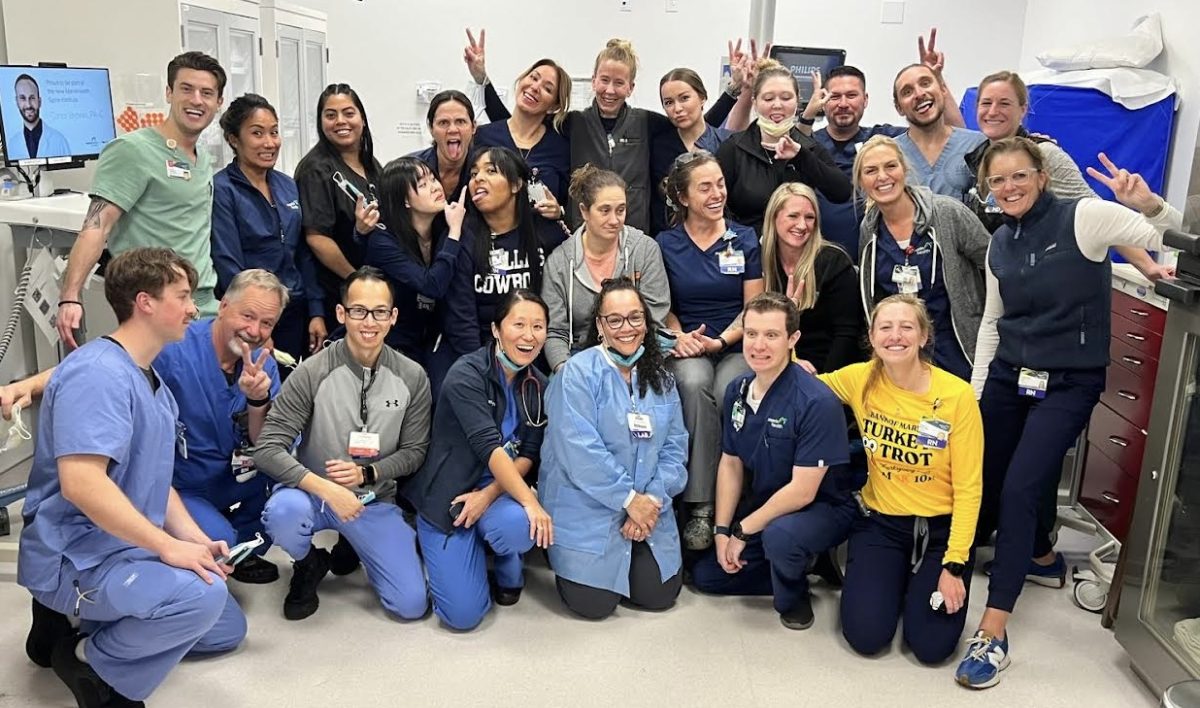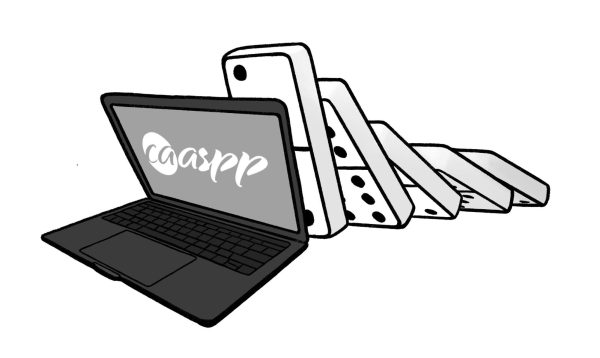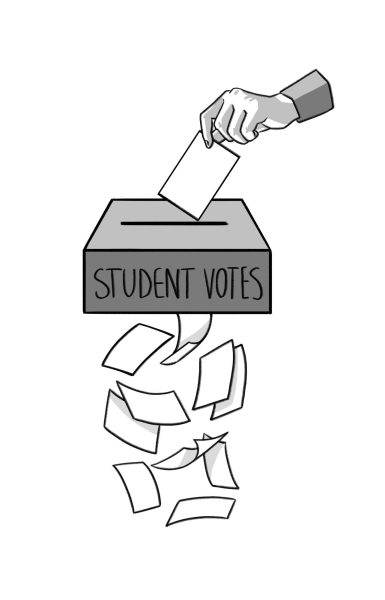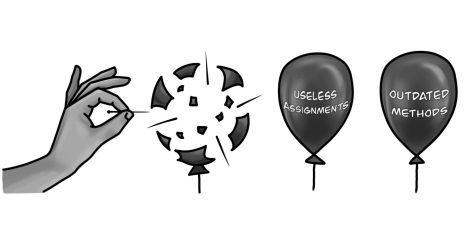Editorial: The district implemented a new distance learning plan; here’s what still needs to be fixed
May 8, 2020

The closure of Tam District schools due to coronavirus ensued a chaotic initial four weeks of disorganized online education and a lack of substantial learning content. On April 13, the district implemented a redesigned remote learning schedule in response to the negative feedback given by hardworking teachers as well as students and parents. The schedule consists of classes Tuesdays through Fridays, with Mondays designated as independent workdays. The district has mandated that teachers host at least one “check-in” class per week to provide additional educational structure.
While the new schedule was designed to eliminate unnecessary stress for both students and faculty, many have found virtual meetings to be unnecessary additional screen time. They are struggling to manage assignments posted on a multitude of websites. While the Redwood administration’s willingness to work with students is much appreciated, some faults need to be revised in the redesigned schedule.
The faculty intends to recreate the classroom atmosphere by hosting Zoom calls or Google Meets, yet these endless meetings throughout the week are overwhelming to students. Many calls are purely check-ins with students and do not progress the class in the subject material. Meetings should only be held if a class discussion or lecture is taking place, and, in addition, teachers should provide the maximum amount of individual work time for students and not misuse time with unnecessary calls. If a teacher does not have a lesson that can be taught over a video call, we encourage them to check-in with students via email or through a survey, rather than with class calls with no purpose.
Excessive screen time can take a toll on anyone’s mental health, but teenagers are especially at risk, given their emotional vulnerability. According to ABC News, 75 percent of mental disorders arise before age 25, revealing that teens need to take extra caution and care of themselves during this crisis. Students already spend a substantial amount of time on devices, so mandating additional hours with virtual meetings is detrimental to their health. Research conducted by Jean Twenge, the renowned psychologist and author of “iGen”, found that youth who reported spending nearly five to seven hours a day on technology were twice as likely to report feelings of depression than those who spend two hours or less a day on a screen. Similar to physical illness, mental illness can cause students to struggle in school or lead to unproductivity. Before mandating weekly virtual classes, the administrators in charge of scheduling must consider the psychological effects technology overuse has on their students and should prioritize students’ mental health. At the beginning of the school year, many students are issued textbooks. However, students feel like those resources have been pushed aside as they have started online learning. A solution to technology overuse is giving students the option to complete assignments through textbook pages or printable handouts to better students’ mental health if the screen time is overwhelming them.
Students are given added stress from the inconsistent use of weekly agendas and miscommunication. An experience shared by many students is the feeling of going to bed at night and not knowing what work will be revealed in the morning. Work being uploaded sporadically throughout the week causes students to stress because they cannot plan out their time. We would greatly appreciate a weekly agenda, and all assignments for the week be sent out ahead of time. Being able to plan out work on Sunday night or Monday morning is valuable to stressed-out kids.
One final problem students are facing is the lack of commitment to one online platform. Some teachers give assignments through Google Classroom, while others post materials on their website, send instructional emails, or use eSchool, to name a few. While it’s understandable for teachers to be more comfortable with some programs over others, having to check multiple places for work every day can create confusion for students and is time-consuming. Colleges and universities have already consolidated work into a single portal. Tufts University freshman Maddie Pero says her school has done a great job with the transition to online learning. Through a single portal called Canvas by Instructure, Pero’s professors can communicate with her seamlessly and send out work efficiently.
“[Canvas is] a common college platform…. It’s similar to Google Classroom in that it’s a place for [professors] to organize all our work. They can post assignments, grades, announcements, and exams…which is convenient,” Pero said.
Pero feels that employing a single platform such as Canvas would be beneficial for Redwood considering our current predicament.
“Having to check 50 different platforms doesn’t make any sense,” Pero said. “I would say that any way Redwood could streamline how they deliver their work for the students would be super helpful.”
The schedule should be adjusted to require virtual meetings only when necessary to limit technology usage and students’ stress to protect their mental health. In a time where everyone is dealing with a global pandemic, resources are unequal, and stress is high, it also seems obvious to provide students with a singular platform and better communication. Although these fixes seem obvious, the job that the administration has been tasked with during this time is an incredibly difficult one. Just as we are asking for better communication from the teachers and administrators, we hope that our honest review of the new plan will help Redwood improve distance learning in the near future.





















